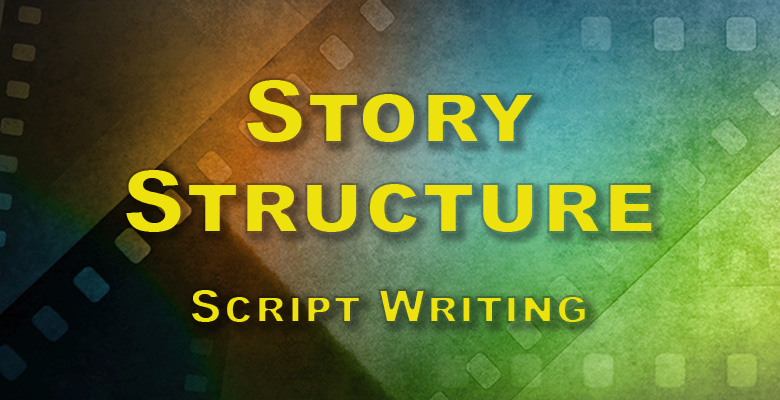

Film School
-

Three Act Structure
Read more: Three Act StructureThe Three-Act Structure is a classic model for storytelling, especially prevalent in screenwriting for films and television, but also found in novels, plays, and other narrative forms. It provides a framework that divides a story into three distinct sections or “acts,” each serving a specific purpose in the narrative. Overview of the Three-Act Structure: Importance…
-

Story Structure
Read more: Story StructureStory structure refers to the organized framework or blueprint by which a narrative is presented to an audience. A well-structured story ensures that the narrative flows logically, maintains the audience’s interest, and delivers a satisfying conclusion. While there are various models for story structure, many share common elements rooted in the age-old art of storytelling.…
-

Irony
Read more: IronyIrony is a rhetorical device, literary technique, or event in which what appears, on the surface, to be the case, differs radically from what is actually the case. It’s a form of expression that highlights the discrepancy between appearance and reality, expectation and result, or meaning and intention. Irony is often used for comedic or…
-

Satire
Read more: SatireSatire is a genre of literature, film, and other forms of art that uses humor, irony, exaggeration, or ridicule to criticize or mock people’s stupidity or vices, particularly in the context of contemporary politics and other topical issues. The goal of satire is not just to entertain, but also to inform and provoke its audience…
-

Themes
Read more: ThemesThemes are central, underlying messages or concepts explored in a work of literature, film, art, or other media. They provide deeper layers of meaning, allowing audiences to connect with the narrative on a more profound level. Themes can be explicit or implicit, and they often address universal human experiences, emotions, and questions. Key Points about…
-

Genres
Read more: GenresGenres are categories that classify and group various forms of literature, film, music, and other media based on shared stylistic, thematic, or structural criteria. They help creators set expectations and conventions for their work and allow audiences to identify the type of content or narrative they can anticipate. Here’s an overview of genres, focusing primarily…
-

Tropes
Read more: TropesTropes are recurring themes, motifs, clichés, or conventions in literature, film, and other forms of media. They represent familiar patterns that audiences recognize, serving as a kind of storytelling shorthand. When used effectively, tropes can provide a sense of familiarity, comfort, or expectation. However, when overused or handled poorly, they can come off as clichéd…
-

Character Arc
Read more: Character ArcA character arc is a fundamental element of storytelling, representing the transformation or inner journey of a character over the course of a narrative. It’s the evolution of a character’s traits, motivations, or beliefs as they confront challenges and conflicts. Here’s a deeper dive into character arcs: Types of Character Arcs: Components of a Character…
-

Great Villains
Read more: Great VillainsCreating a compelling villain is just as important, if not more so, than crafting a captivating protagonist. A well-developed villain can elevate a story, creating tension, challenge, and depth. Here’s a guide to creating intriguing villains: 1. Motivations & Goals: 2. Backstory: 3. Personality & Traits: 4. Methods & Morality: 5. Presence & Charisma: 6.…
-

Great Characters
Read more: Great CharactersCreating characters is one of the most exciting and intricate aspects of storytelling. Well-developed characters can drive a story forward, engage readers, and become iconic in their own right. Here’s a guide to creating compelling characters: 1. Start with Basics: 2. Delve into Backstory: 3. Personality & Traits: 4. Motivations & Goals: 5. Relationships: 6.…
Recent Posts
-

The Three-Act Structure is a classic model for storytelling, especially prevalent in screenwriting for films and television, but also found… read more
-

Story structure refers to the organized framework or blueprint by which a narrative is presented to an audience. A well-structured… read more
-

Irony is a rhetorical device, literary technique, or event in which what appears, on the surface, to be the case,… read more
-

Satire is a genre of literature, film, and other forms of art that uses humor, irony, exaggeration, or ridicule to… read more